- Islamabad
- 36.5°C
- Today ( Friday, 13 June 2025)
Fostering Regional Cooperation for a Collective Future
The South Asian Association for Regional Cooperation (SAARC) stands as a testament to the aspirations of South Asian nations to forge a united path toward shared prosperity and development. Established on December 8, 1985, with the signing of the SAARC Charter in Dhaka, Bangladesh, the organization comprises eight member states: Afghanistan, Bangladesh, Bhutan, India, Maldives, Nepal, Pakistan, and Sri Lanka. Founding Principles: SAARC was founded on the principles of mutual respect, sovereignty, non-interference in internal affairs, and peaceful resolution of disputes. The organization aimed to promote economic and regional integration, fostering collaboration in areas such as agriculture, trade, science and technology, culture, and social development. Objectives: Promoting Economic Cooperation: SAARC endeavors to enhance economic cooperation among member states, with a focus on reducing trade barriers, promoting investments, and fostering joint initiatives for sustainable economic growth. Social and Cultural Collaboration: Recognizing the rich diversity of South Asian cultures, SAARC seeks to strengthen social ties and cultural exchanges among member nations. The organization acknowledges the importance of cultural heritage in building stronger regional bonds. Addressing Common Challenges: SAARC provides a platform for member countries to collectively address common challenges such as poverty, climate change, terrorism, and natural disasters. The organization facilitates dialogue and cooperation to find shared solutions. People-to-People Connectivity: SAARC aims to enhance people-to-people connectivity through increased tourism, educational exchanges, and collaborations in various fields. This approach fosters a sense of solidarity and understanding among the diverse populations of the region. Challenges and Opportunities: While SAARC has made significant strides in certain areas, it has faced challenges in realizing its full potential. Political differences and historical tensions between member states have sometimes hindered the organization's effectiveness. However, the potential for regional collaboration remains immense, with opportunities to leverage the collective strength of South Asian nations for the greater good. SAARC in the 21st Century: In recent years, SAARC has seen renewed efforts to revitalize its agenda. Member states have emphasized the need for pragmatic and result-oriented cooperation, recognizing that regional stability and progress are interlinked. Initiatives like the SAARC Development Fund and the SAARC COVID-19 Emergency Fund reflect the organization's adaptability to contemporary challenges. Future Prospects: The success of SAARC lies in its ability to transform regional challenges into opportunities for cooperation. As geopolitical dynamics evolve, the organization must stay resilient and adaptive. Embracing digital technologies and innovative solutions can further enhance connectivity and collaboration among member nations. In a rapidly changing global landscape, SAARC remains a beacon of hope for regional unity and prosperity. The organization's journey continues as it navigates complexities, builds trust, and works toward a South Asia that thrives on shared values, common goals, and mutual respect.
-
As the political landscape in Pakistan unfolds, recent restrictions placed on the Pakistan Tehreek-e-Insaf (PTI) have sparked debates, with some perceiving them as indicators of hidden forces attempting to impede the party's momentum. While political developments are often sub...
-
In an era where the digital realm intertwines with every facet of our lives, the realm of education has been handed a transformative key. Recently, Mohsin Naqvi, the caretaker Chief Minister of Punjab, took a significant step toward modernizing education by inaugurating e-serv...
Get Newsletter
Subscribe to our newsletter to get latest news, popular news and exclusive updates.






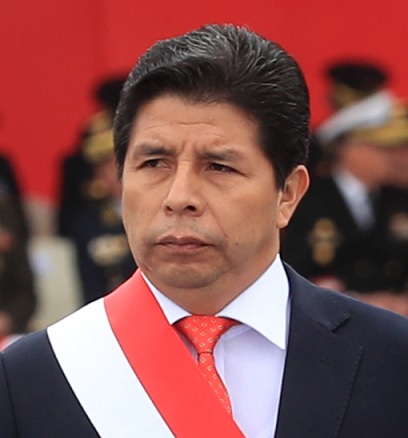




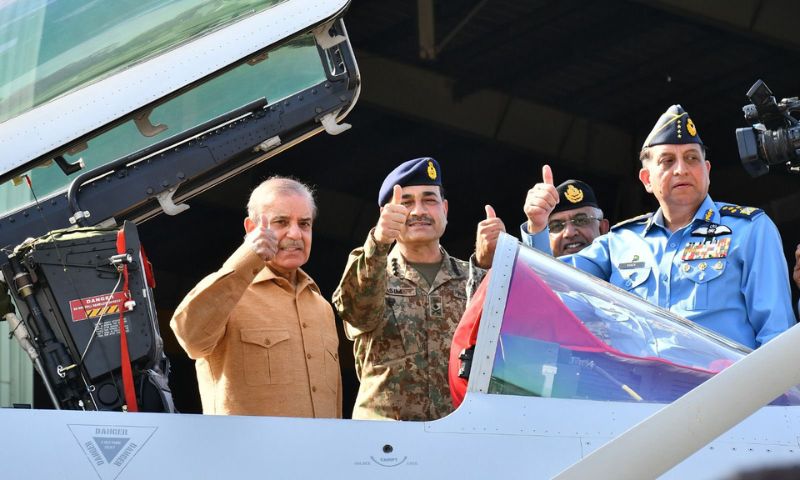
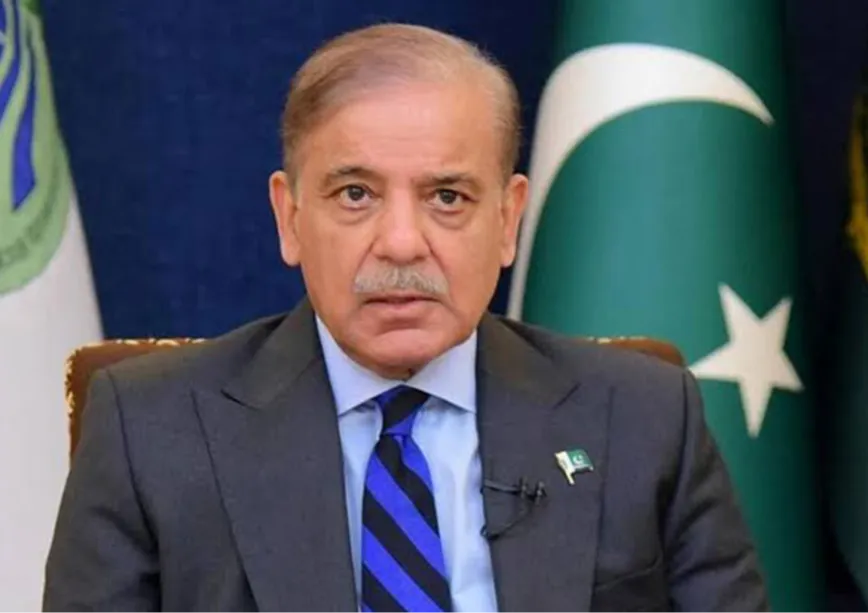


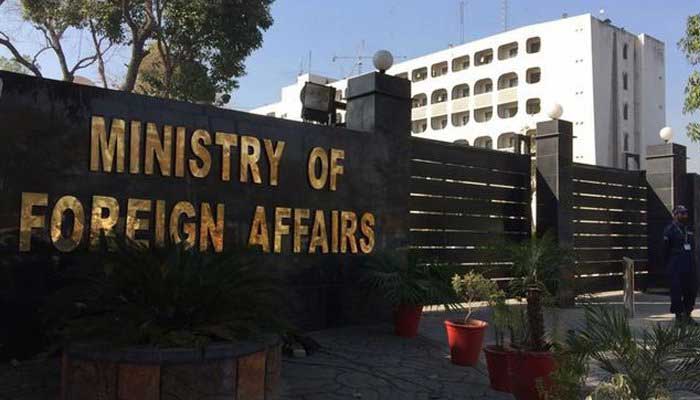


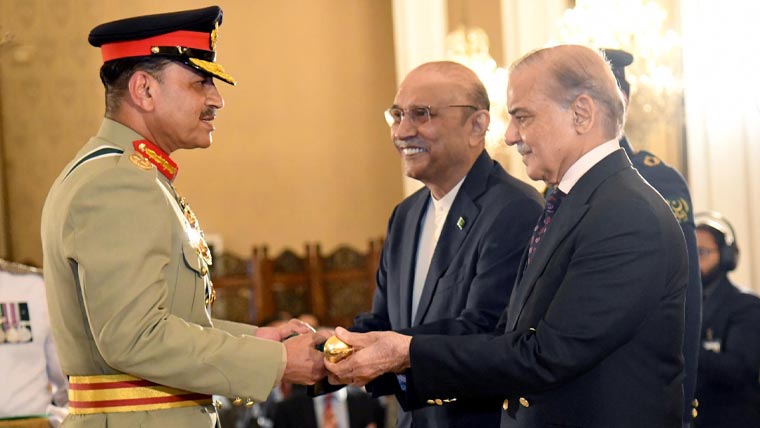








Facebook Comments